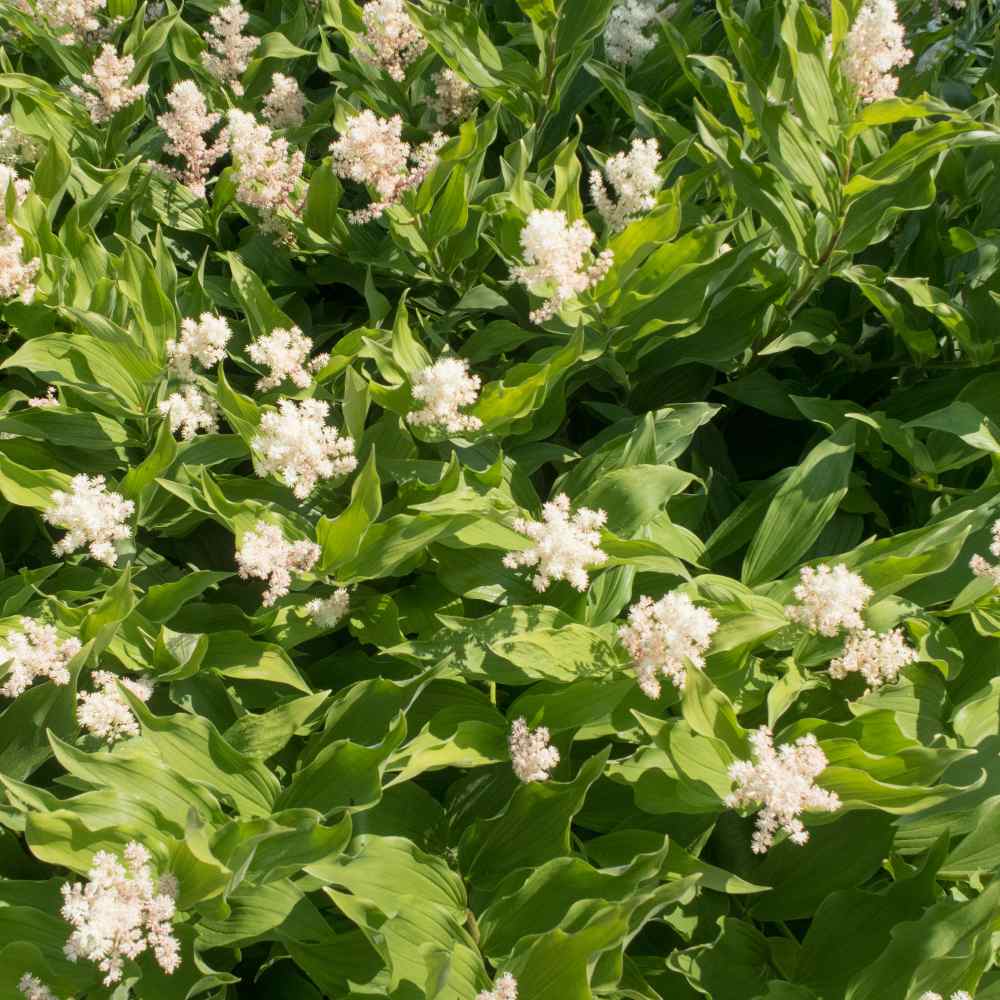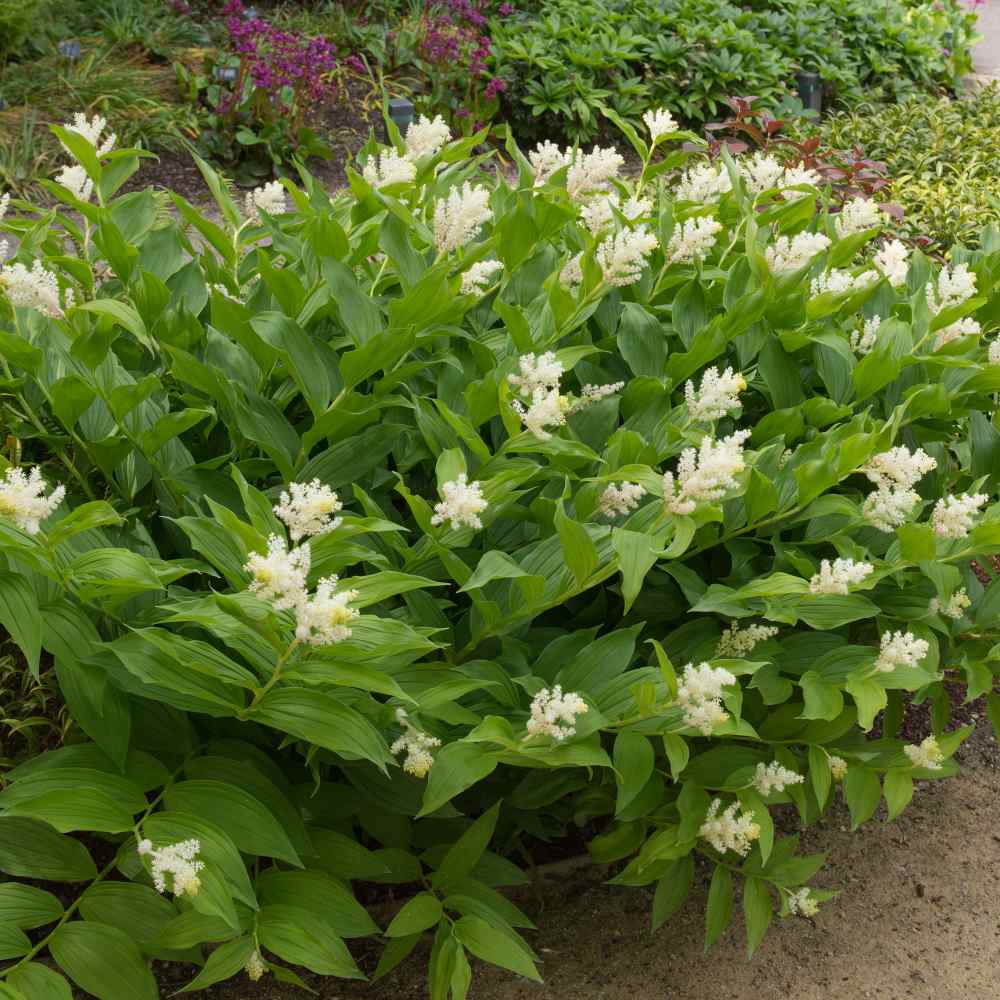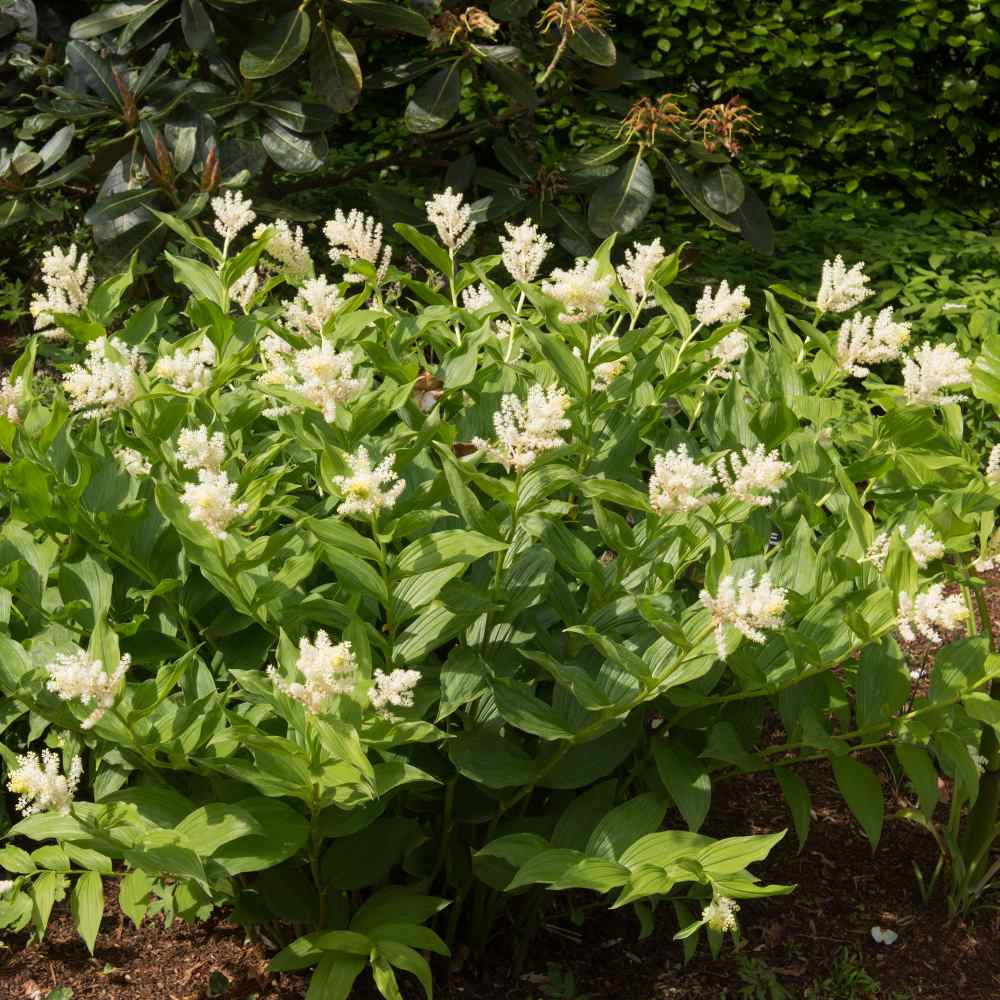Spikenard Seeds

Herb Specifications
Season: Perennial
USDA Zones: 3 - 9
Height: 48 inches
Bloom Season: Early summer to late summer
Bloom Color: White
Environment: Full sun to partial shade
Soil Type: Clay to sandy soil, pH 6.1 - 7.8
Deer Resistant: Yes
Latin Name: Aralia Racemosa
Planting Directions
Temperature: Sow at maximum 41F, germination irregular
Average Germ Time: 28 - 72 days
Light Required: No
Depth: Surface sow seed and press lightly into soil
Sowing Rate: 4 - 5 seeds per plant
Moisture: Keep seeds moist until germination
Plant Spacing: 24 - 36 inches
Note: Late fall planting is best so cold stratification can occur over the winter months



American Spikenard (Aralia Racemosa) - American Spikenard herb plants can reach 48 inches in height, and they have attractive foliage, small greenish-white flower clusters in the summer and showy clusters of small red to purple berries in the fall. It is a lovely perennial plant that makes an attractive addition to the herb garden, and they can be established by starting Spikenard seeds. American Spikenard is also known as Life-of-Man plant.
Spikenard, or sometimes just called Nard, has large roots that are aromatic and spicy. The root's flavor is similar to licorice but milder. Spikenard was considered to be a medicinal herb by the Native Americans. Both the early settlers and Native Americans used Spikenard root to treat a wide variety of symptoms and ailments. In recent years, Spikenard herb has been seen as a valuable adaptogen with a benefit of protecting the body against the harmful affects of stress.
American Spikenard herb grows in the wild. It prefers full sun to partial shade and rich, medium-wet soil. The berries that are produced in the fall are edible but they are not considered to be that tasty. However, birds love them and will be happy to eat them!
How To Grow Spikenard: It is recommended to scarify and stratify the Spikenard herb seeds. First, scratch the surface of the seed coat with a file. Light abrasion is all that is needed. Second, place the seed in some moistened peat moss, seal the material in a container and refrigerate for 40 - 60 days. Check periodically to add moisture if needed. After both of these treatments, sow the Spikenard herb seeds indoors. Once the first true leaves have developed, the Spikenard plant can be transplanted to the herb garden. Another option for sowing American Spikenard seeds is to place them directly in the garden in the late fall. The cold temperatures and elements serve to scarify and stratify the herb seeds.
The American Spikenard...
Is a lovely perennial plant that makes an attractive addition to the herb garden!

Spikenard Seeds
How to Grow
It is recommended to scarify and stratify the Spikenard herb seeds. First, scratch the surface of the seed coat with a file. Light abrasion is all that is needed. Second, place the seed in some moistened peat moss, seal the material in a container and refrigerate for 40 - 60 days. Check periodically to add moisture if needed. After both of these treatments, sow the Spikenard herb seeds indoors. Once the first true leaves have developed, the Spikenard plant can be transplanted to the herb garden.
- Sowing Rate: 4 - 5 seeds per plant
- Depth: Surface sow seed and press lightly into soil
- Average Germ Time: 28 - 72 days
- Moisture: Keep seeds moist until germination

Herb Specifications
Another option for sowing the seeds is to place them directly in the garden in the late fall. The cold temperatures and elements serve to scarify and stratify the seeds.
- Plant Spacing: 24 - 36 inches
- Height: 48 inches
- USDA Zones: 3 - 9
- Season: Perennial































